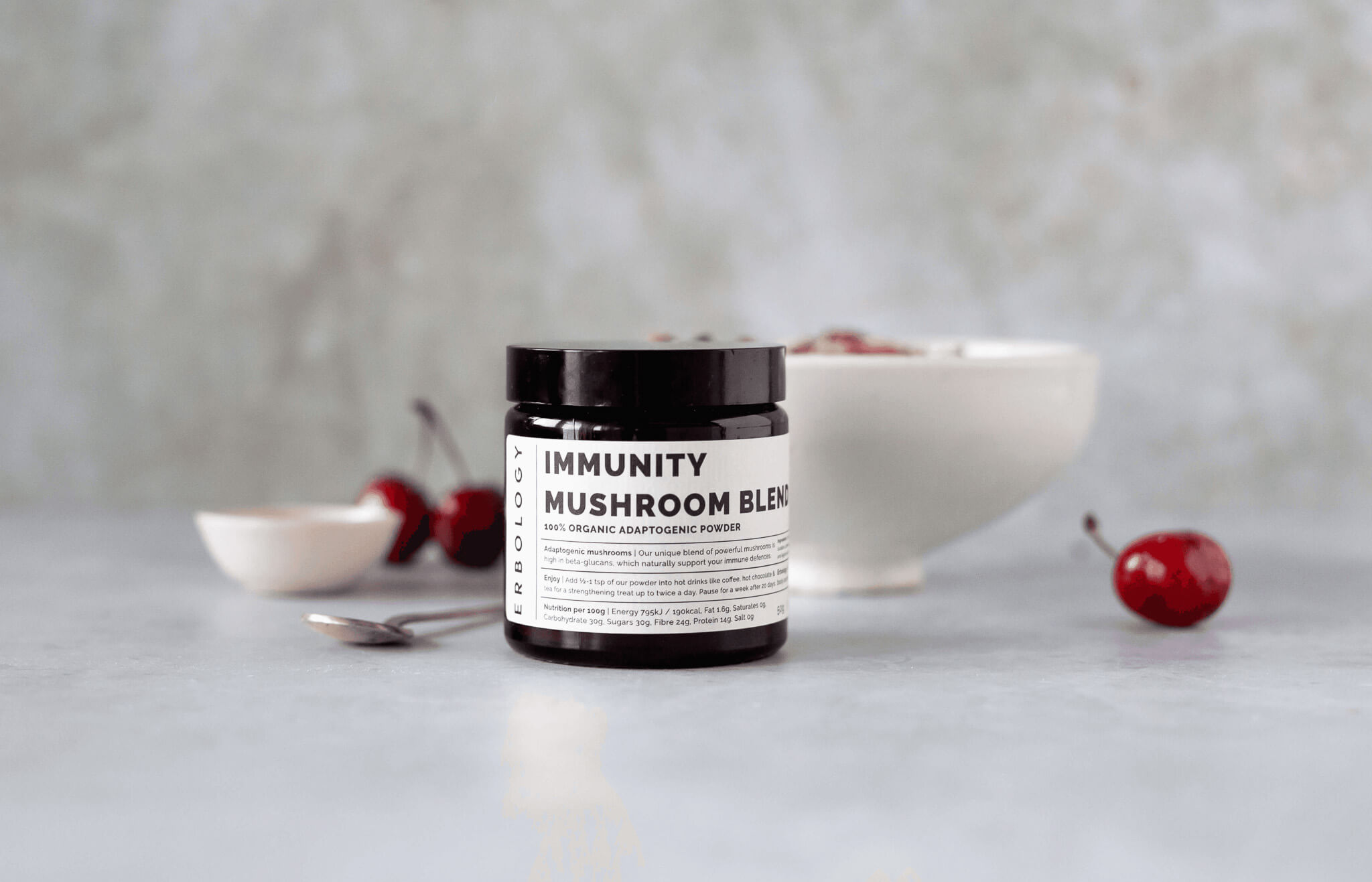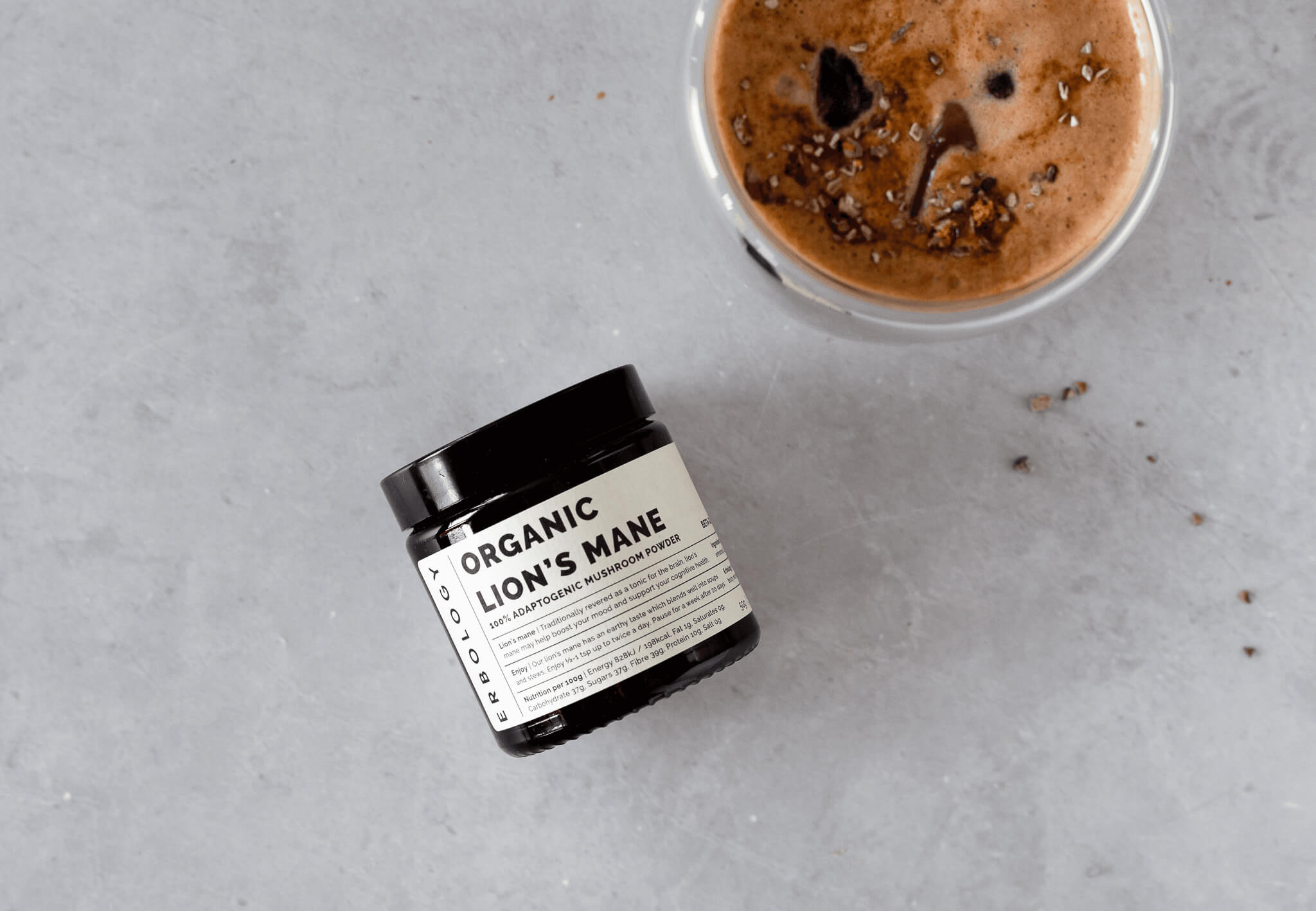15 Feb 2022
Cordyceps sinensis vs militaris: which one should you go for?
A quick recap on cordyceps
If you’ve got to the point of trying to choose between Cordyceps sinensis and Cordyceps militaris, you probably already know quite a bit about this special fungus.
For those who are newer to the topic, a quick intro.
Cordyceps is a fungus which has been used in Traditional Chinese Medicine for thousands of years. Recently, it has gained a modern following thanks to its impressive medicinal properties.
Like many medicinal mushrooms, cordyceps has benefits for your immune system (more on that later). However, it is also traditionally linked with helping to energise you and supporting your athletic performance.
So much so, that the Chinese Olympic team famously used cordyceps as part of their preparations for the Beijing Olympics in 1993.
On top of this, cordyceps is also thought to act as an aphrodisiac.
If you’d like more information on cordyceps, its origins and its benefits, head over to our article on cordyceps mushroom.
How cordyceps supports your immunity
Perhaps the biggest draw of medicinal mushrooms in the modern day is their ability to help support your natural immunity.
Scientists credit one particular type of polysaccharide found in medicinal mushrooms, called beta-glucans.
There is scientific evidence to suggest that beta-glucans can provoke an immune response, helping to strengthen your defences against germs.
We have listed a few studies with encouraging results in our article on beta-glucans, so feel free to check there if you’d like more information.
For now, let’s head on to find out about the different types of cordyceps.
Cordyceps family history
You might be wondering why two different fungi can go by such near-identical names.
This is due to the way that fungi are categorised according to the taxonomic system developed by Carl Linnaeus.(2)(3) As you can see, the two types are fairly closely related, separating only at family level.
| Cordyceps militaris | Cordyceps sinensis | |
| Kingdom | Fungi | Fungi |
| Phylum | Ascomycota | Ascomycota |
| Sub-phylum | Pezizomycotina | Pezizomycotina |
| Class | Sordariomycetes | Sordariomycetes |
| Order | Hypocreales | Hypocreales |
| Family | Cordycipitaceae | Ophiocordycipitaceae |
| Genus | Cordyceps | Ophiocordyceps |
| Species | Cordyceps militaris | Ophiocordyceps sinensis |
Along with the militaris and sinensis species, there are a whole host of other species of Cordyceps. Many of these are also being investigated for their pharmacological properties, but they are less well-known. They include Cordyceps sobolifera, Cordyecps cicadicola and others.(3) Other species with as yet unknown medicinal potential have also been found.
If you were wondering, the phylum that both belong to - ascoymyctota - contains fungi which produce their spores in little sacs (asci).
In recent years, Cordyceps sinensis was renamed as Ophiocordyceps sinensis as a new family - Ophiocordycipitaceae - was identified. This family tends to produce dark pigments rather than the brighter ones found in other cordyceps species.(5)
You might hear it referred to by both names, but they refer to the same fungus.
What is Cordyceps sinensis?
This type of cordyceps is the one with the longest tradition in Chinese medicine.
Growing in the wild, Cordyceps sinensis infects an insect host and grows out of its head, using the unfortunate larva as a food source.
Foragers in China and Tibet would collect the larva and fungus, seemingly fused into one body, and consume them together.
There, traditional practitioners would recommend taking Cordyceps sinensis for a variety of ailments. These include tuberculosis, erectile disfunction, bronchitis, chronic pain and many more.
It’s also common to take Cordyceps sinensis in a cup of milk as an aphrodisiac.(1)
What is Cordyceps militaris?
As we know, adherents of Traditional Chinese Medicine have been using Cordyceps sinensis for a very long time. As a result, demand began to outstrip supply, and over-harvesting was beginning to threaten the fungus.
Attempts to cultivate it had proved tricky, so scientists began to look for alternatives. Ideally, they were looking for a mushroom that could offer a similar chemical profile and health benefits to Cordyceps sinensis, but which was easier to grow.
To their delight, they found that a close cousin of Cordyceps sinensis could tick all those boxes: Cordyceps militaris. Like Cordyceps sinensis, in the wild it acts as a parasite, growing on insects or other fungi. However, in a controlled environment, it can grow quite happily on substrates such as rice.
It’s relatively easy to cultivate Cordyceps militaris, solving the problems related to over-harvesting and supply and demand.
However, it’s important to remember that Cordyceps militaris essentially only gained popularity as a replacement for Cordyceps sinensis, which was trickier to cultivate. It doesn’t have the same long history of use.
Furthermore, the choice of some suppliers to use this type of cordyceps rather than Cordyceps sinensis is likely driven by the ease and cost-efficiency of producing it, rather than because of its intrinsic quality.
Related reading
undefined

Organic Cordyceps Mushroom Powder

Organic Immunity Mushroom Powder

Organic Lion's Mane Mushroom Powder
